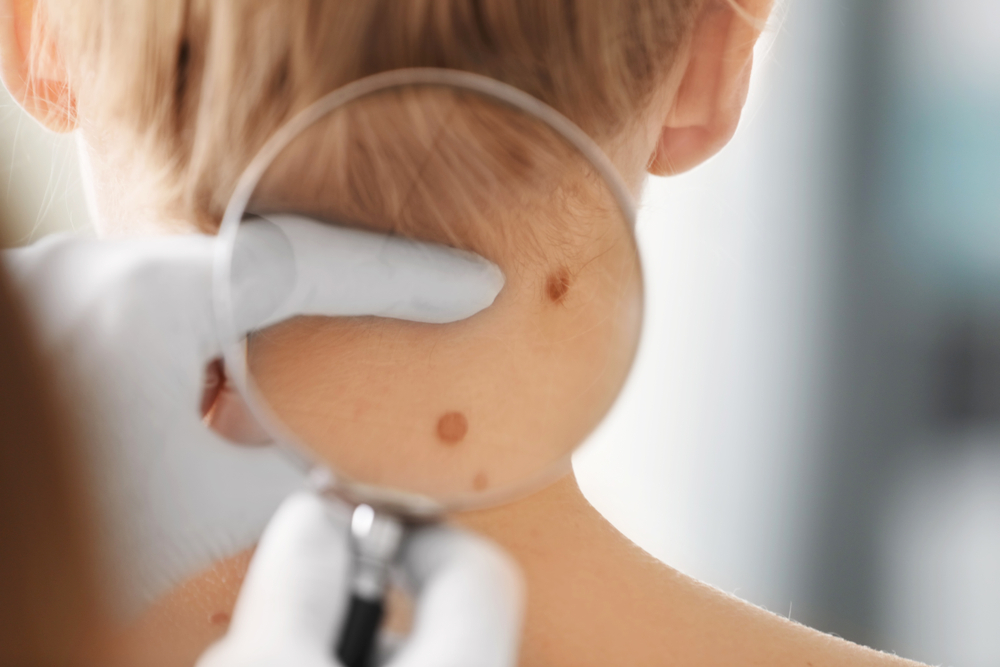Comprehensive Guide to Melanoma: Diagnosis and Treatment Strategies
This comprehensive guide covers melanoma skin cancer, highlighting diagnostic methods, treatment options, and preventive strategies. It emphasizes early detection through images and biopsies, along with treatments like surgery, chemotherapy, radiotherapy, and immunotherapy. Tips for prevention include sun protection and skin monitoring. The article aims to educate readers on recognizing symptoms, risk factors, and the importance of professional consultation to improve outcomes.

Comprehensive Guide to Melanoma: Diagnosis and Treatment Strategies
Understanding melanoma diagnosis and treatment options
Melanoma is an aggressive form of skin cancer originating in melanocytes, the cells responsible for producing skin pigment. Early detection is often challenging because its appearance resembles regular moles. This article covers melanoma images, diagnostic methods, and available treatments.
Where can I find melanoma images? Many health websites provide pictures of early melanoma, focusing on size, shape, and growth patterns. Note that images of advanced stages or symptom-based visuals are less common.
mayoclinic.org: Offers extensive health information, including detailed images of melanoma based on characteristics like shape and size.
melanoma.org: Focused solely on melanoma, this site provides visual examples showing progression from normal moles to malignant growths.
melanoma.gov: As a government resource, it shares images to help distinguish benign from malignant lesions based on appearance.
How is melanoma diagnosed?
Diagnosis typically involves several biopsy techniques:
Excisional biopsy: Complete removal of the suspected lesion along with a tiny margin of surrounding skin.
Punch biopsy: Utilizes a circular instrument to obtain a core sample of skin tissue.
Incisional biopsy: Extracts a portion of the suspicious lesion for laboratory assessment.
What are the treatment options for melanoma? Treatment depends on the tumor’s size, stage, and patient health. Common strategies include:
Early-stage melanoma: Surgical removal of the tumor with a margin to ensure complete excision. Often, this suffices for full treatment.
For more advanced stages like I, II, and III, additional therapies are necessary:
Chemotherapy: Utilizes drugs administered intravenously or orally to destroy cancer cells.
Radiation therapy: Employs high-energy radiation to target and eliminate malignant cells. It’s often more effective than chemotherapy for skin melanoma.
Lymph node removal: When spread to lymph nodes is detected, surgeons remove affected nodes to prevent further dissemination.
Immunotherapy: Boosts the body's immune response to attack cancer cells, using agents that mimic natural immune substances.
Preventing melanoma
Sun protection: Use broad-spectrum sunscreens with high SPF, especially in sun-rich environments.
Avoid tanning beds and sunlamps: These emit UV rays that increase melanoma risk.
Monitor skin changes: Regularly check your skin for new or changing moles using trusted images as guides, and consult a dermatologist promptly.
Strengthen immune health: Maintain a balanced diet rich in nutrients to support overall immunity.










